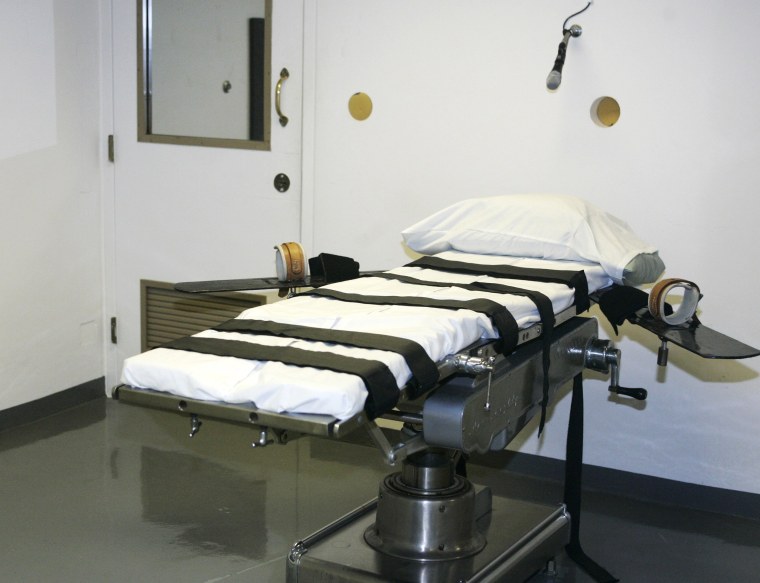For the most part, American support for capital punishment is conditioned on humane conditions -- there's an expectation that when U.S. officials execute an American, it will be done in a sanitary way that falls short of constitutional prohibitions against cruel and unusual treatment.
And yet the execution of Clayton Lockett in Oklahoma earlier this year continues to stand out for its gut-wrenching details. In April,
we learned that the state intended to kill Lockett by using a new, lethal drug combination with contents state officials did not want to disclose, from a drug manufacturer the state did not want to identify. It quickly became apparent that the method was a failure -- Lockett reportedly began to
writhe and gasp after he had already been declared unconscious.
A prison official at the execution reportedly stated the obvious at the time: "Something's wrong." Lockett eventually died that night, but of a heart attack.
Over the weekend, however, the
Tulsa World reported on the extent to which the execution was even worse than the public previously realized.
When Oklahoma investigators issued a report on what went wrong with the April execution of Clayton Lockett, they downplayed and omitted disturbing details from witnesses and officials, records filed in federal court show. During interviews with state investigators, the warden at Oklahoma State Penitentiary recalled the scene inside the execution chamber on April 29 as "a bloody mess," according to a motion filed Friday by attorneys for death-row inmates. Another witness said the scene "was like a horror movie" as Lockett was bucking and attempting to raise himself off the gurney when he was supposed to be unconscious and dying.
The
article, to be sure, is not easy reading, but it's an important account of an instance in which a state tried to kill one of its citizens and struggled in ways that are genuinely shocking.
Although the prison lacked the right needles and had no backup drugs, the doctor attempted another femoral IV. No one was sure why. Blood backed up into the IV line, and the paramedic told the doctor he'd hit the artery, noting the doctor seemed anxious. "We've got blood everywhere," the paramedic recalled to investigators.
For more background on the story, here's Rachel's segment from April.
